Related Research Articles

Mehmed VI Vahideddin, also known as Şahbaba among the Osmanoğlu family, was the last sultan of the Ottoman Empire and the penultimate Ottoman caliph, reigning from 4 July 1918 until 1 November 1922, when the Ottoman sultanate was abolished and replaced by the Republic of Turkey on 29 October 1923.

Mehmed Fuad Pasha, sometimes known as Keçecizade Mehmed Fuad Pasha and commonly known as Fuad Pasha, was an Ottoman administrator and statesman, who is known for his prominent role in the Tanzimat reforms of the mid-19th-century Ottoman Empire, as well as his leadership during the 1860 Mount Lebanon civil war in Syria. He represented a modern Ottoman era, given his openness to European-style modernization as well as the reforms he helped to enact.
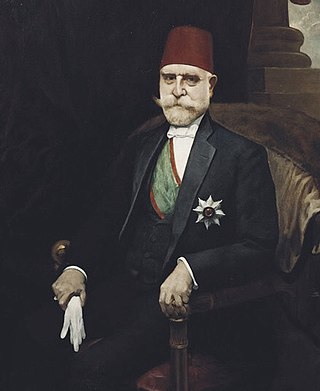
Damat Mehmed Ali Pasha (1813–1868) was an Ottoman statesman and diplomat. He served as the Grand Vizier from October 3, 1852, to May 14, 1853, on the eve of the Crimean War. Along with Fuad Pasha, Mehmed Emin Âli Pasha and Mustafa Reşid Pasha, he was one of the main reformers of the Tanzimat period.
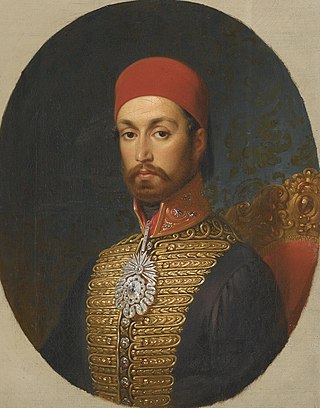
Abdulmejid I was the sultan of the Ottoman Empire. He succeeded his father Mahmud II on 2 July 1839. His reign was notable for the rise of nationalist movements within the empire's territories. Abdulmejid wanted to encourage Ottomanism among secessionist subject nations and stop rising nationalist movements within the empire, but despite new laws and reforms to integrate non-Muslims and non-Turks more thoroughly into Ottoman society, his efforts failed in this regard. Abdulmejid's biggest achievement was the announcement and application of the Tanzimat (reorganization) reforms which were prepared by his father and effectively started the modernization of the Ottoman Empire in 1839.

Şehzade Mehmed Selaheddin Efendi was an Ottoman prince, the only surviving son of Sultan Murad V, and his second consort Reftarıdil Kadın.

Şehzade Ömer Hilmi Efendi was an Ottoman prince, the third son of Sultan Mehmed V, and his consort Mihrengiz Kadın. His great-granddaughter, Ayşe Gülnev Osmanoğlu, is currently an author of historical novels on the history of the Ottoman dynasty.
Fitnat Hanım was the pen name of the Ottoman Turkish woman poet Zübeyde, "considered the most important woman poet of the Ottoman school".
Nazikeda Kadın was the first consort and chief consort (BaşKadin) of Sultan Abdul Hamid II of the Ottoman Empire.

Şehzade Mehmed Ziyaeddin Efendi was an Ottoman prince, firstborn of Sultan Mehmed V, born by his first consort Kamures Kadın.
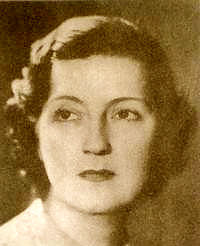
Rukiye Sabiha Sultan was an Ottoman princess, the third and last daughter of Sultan Mehmed VI and his first wife Nazikeda Kadın. She was the first wife of Şehzade Ömer Faruk, son of Caliph Abdulmejid II and Şehsuvar Hanım.
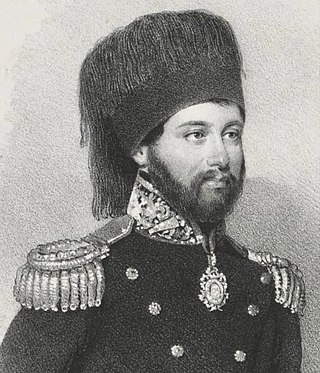
Damat Gürcü Halil Rifat Pasha, was an Ottoman admiral and statesman of Georgian origin. He served in the periods of Mahmud II and Abdulmejid I.
The Ministry of Foreign Affairs was the department of the Imperial Government responsible for the foreign relations of the Ottoman Empire, from its establishment in 1836 to its abolition in 1922. Before 1836, foreign relations were managed by the Reis ül-Küttab, who was replaced by a Western-style ministry as part of the Tanzimat modernization reforms. The successor of the Ottoman Ministry of Foreign Affairs is the Ministry of Foreign Affairs of the Turkish Republic.
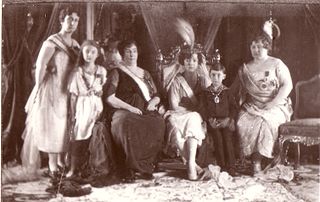
Fatma Ulviye Sultan was an Ottoman princess, the daughter of Sultan Mehmed VI and Nazikeda Kadın.

Şehzade Selim Süleyman was an Ottoman prince, the son of Sultan Abdulmejid I, and one of his consorts Serfiraz Hanım.
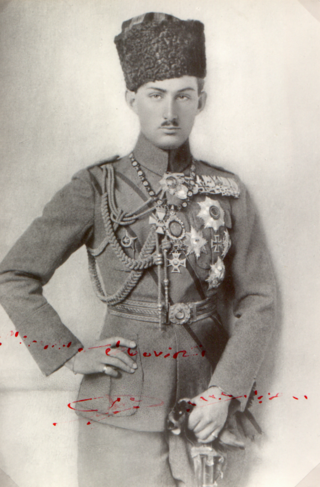
Şehzade Ömer Faruk Efendi was an Ottoman prince, the son of the last caliph of Muslim world Abdulmejid II and his first consort Şehsuvar Hanım. He was also the son-in-law of Sultan Mehmed VI of the Ottoman Empire because he married his younger daughter Rukiye Sabiha Sultan.

Dürriye Sultan was an Ottoman princess, the daughter of Şehzade Mehmed Ziyaeddin, son of Mehmed V.

Şehzade Abdurrahim Hayri Efendi was an Ottoman prince, son of Sultan Abdul Hamid II and Peyveste Hanım.

Şehzade Mehmed Burhaneddin Efendi was an Ottoman prince, son of Sultan Abdul Hamid II and Mezidemestan Kadın.
Tawhida Hanim was an Egyptian princess and a member of the Muhammad Ali dynasty.

Hayriye Hanımsultan was an Ottoman princess, the daughter of Adile Sultan and Damat Mehmed Ali Pasha.
References
- 1 2 "Leyla Hanim Brief Bio". allpoetry.com. Retrieved 2022-05-20.
- ↑ "Leyla Hanim Bio from Dictionary of Women Worldwide". www.encyclopedia.com.